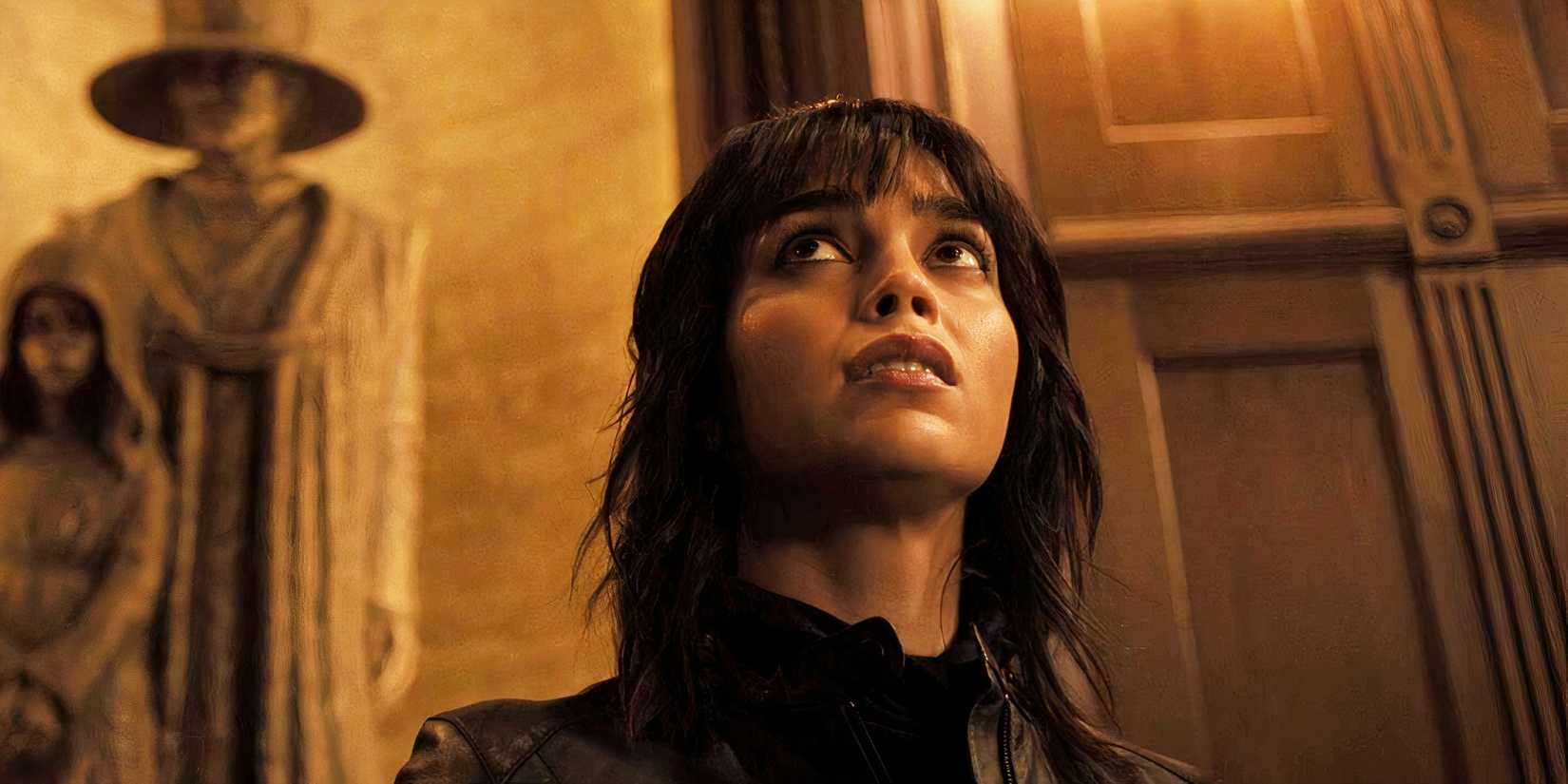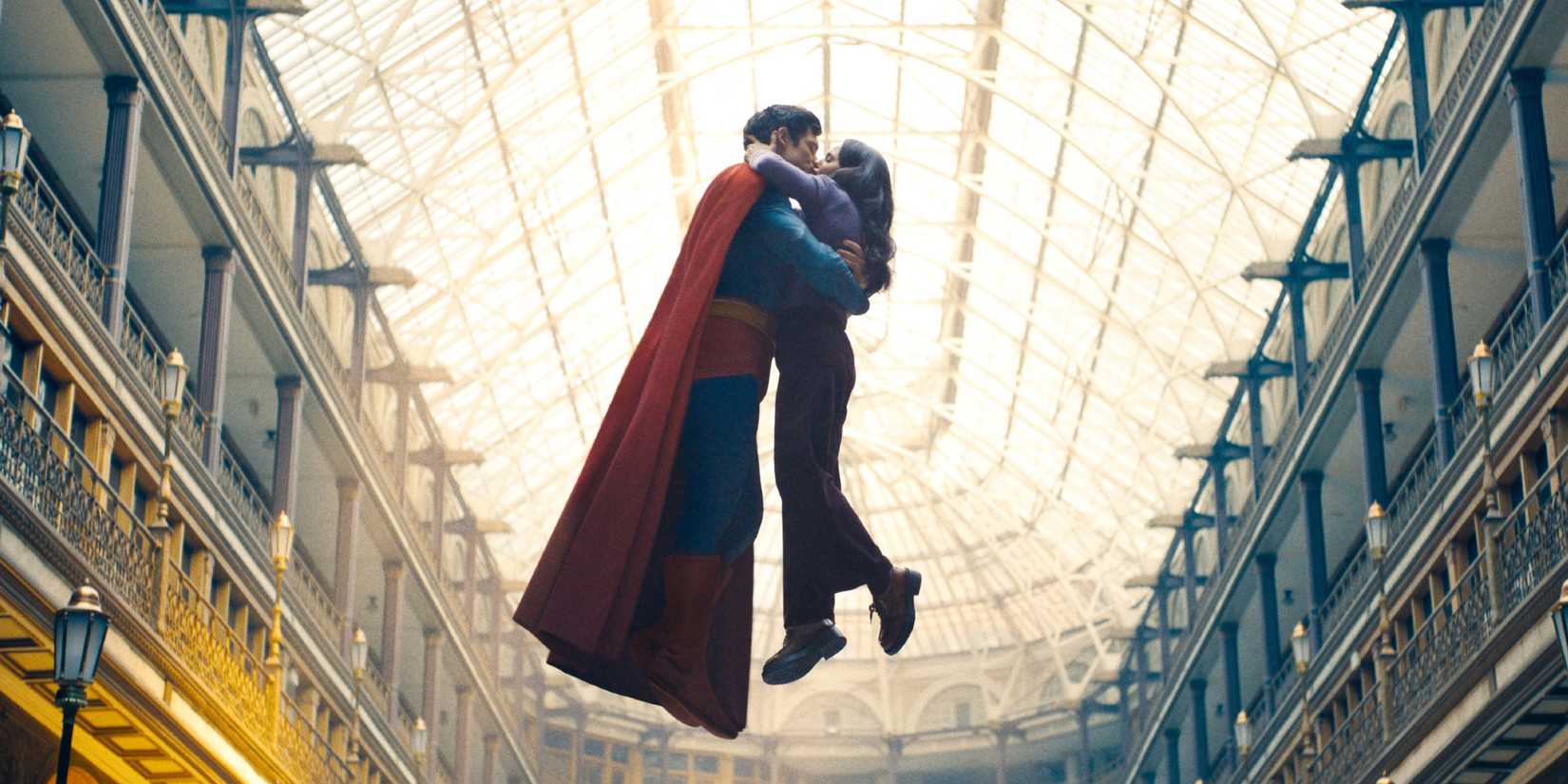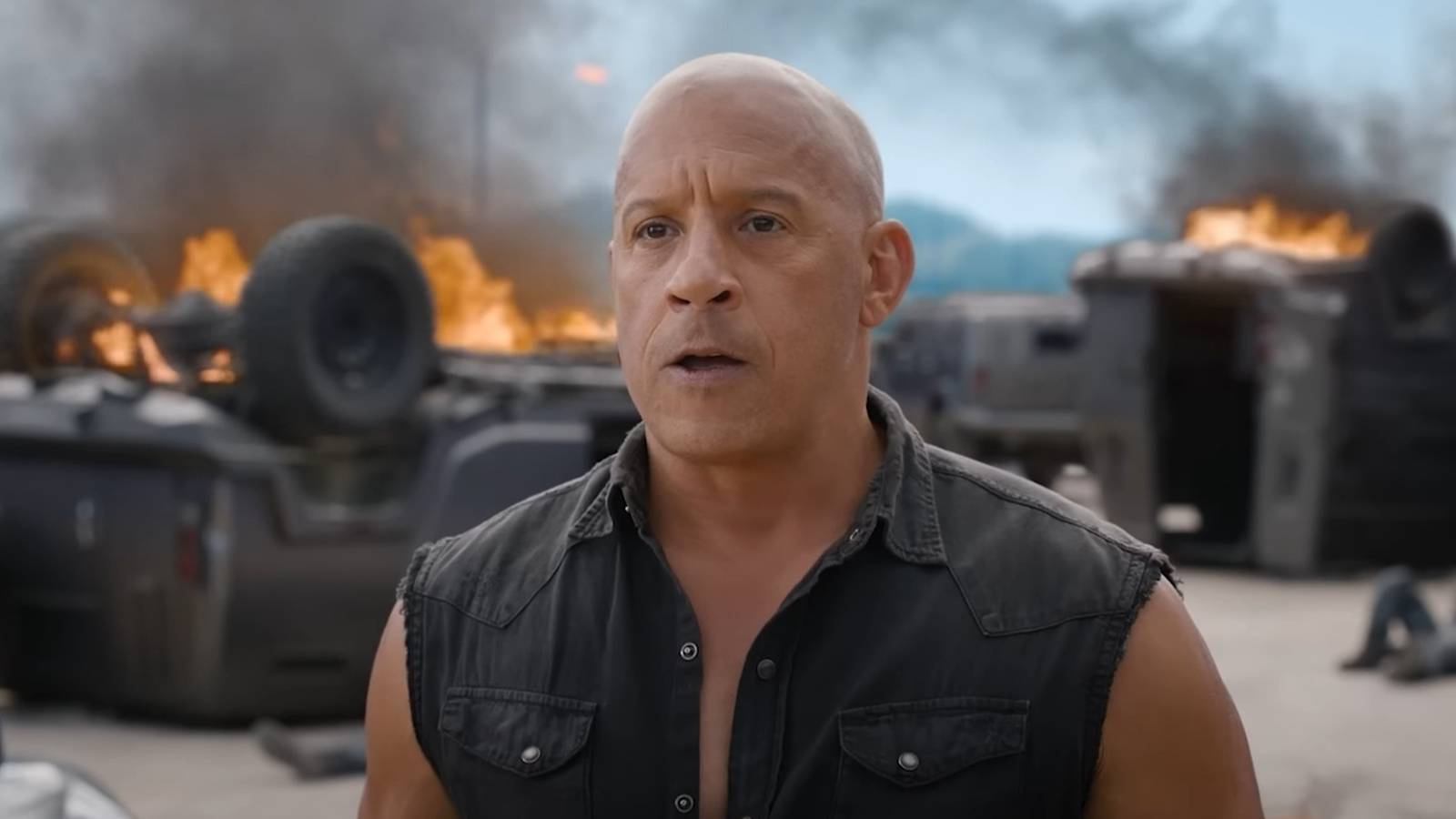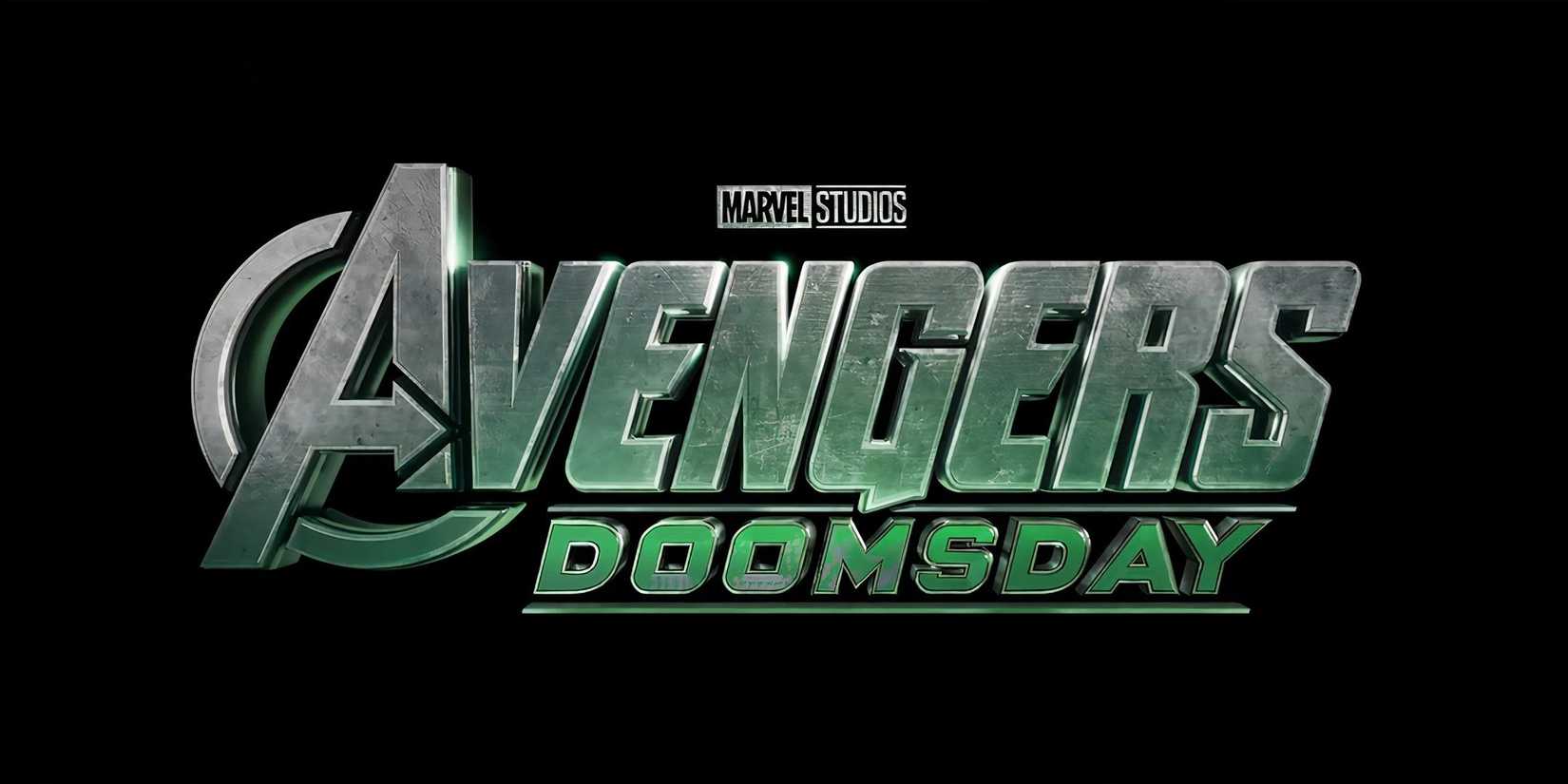Plenty of iconic movies feature lead characters who have very little screen time. It’s important to note that “leading character” in this context isn’t a label that is necessarily limited to the movie’s protagonist or main character, with several great movies also playing host to a lot of standout deuteragonists or villains who have made a name for themselves despite only receiving a small amount of screen time over the years.
From endlessly rewatchable superhero films to the best war movies of all time, many of cinema’s most famous and celebrated films are renowned for this strange anomaly. Even more remarkably, many movie characters bestowed with a small amount of screen time have even gone on to earn status as some of the most enduring, popular, and influential fictional faces in the history of popular culture, underlining the fact that a huge chunk of screen time isn’t necessarily a guarantee of lasting success.
10
Beetlejuice (1988)
Michael Keaton As Beetlejuice
An acclaimed ’80s Gothic horror-comedy from Tim Burton, 1988’s Beetlejuice is a prime example of a movie where the purported main character has very little screen time. Despite serving as the eponymous character for Burton’s fan-favorite film, Michael Keaton’s deviously cunning bio-exorcist, Betelgeuse, only appears for approximately 17 minutes in the original film. However, it didn’t hurt the movie in the slightest, with Burton’s entry proving to be a critical and commercial success.
This even formed the basis of an amusing condition for the actor’s return in 2024’s sequel. Michael Keaton insisted his screen time in Beetlejuice Beetlejuice remained around the same duration, arguing that an increased presence for his notoriously politically incorrect character could hurt the wider movie.
9
The Silence Of The Lambs (1991)
Anthony Hopkins as Hannibal Lecter
Earning the Academy Award for Best Actor and forever writing himself into the annals of cinematic history, Anthony Hopkins’ take on cannibal psychiatrist Hannibal Lecter in 1991’s The Silence of the Lambs is the stuff of legend. The fame and notoriety of Hopkins’ chilling performance arguably transcended the character as we knew him from Thomas Harris’ novels, with Lecter subsequently regarded as one of the most iconic villains in the history of popular culture since the film was released.
With some of the most iconic soundbites and scenes that cinema has ever witnessed in the span of a little over a quarter of an hour, Hopkins’ masterful performance is the quintessential case study of how to make the absolute utmost out of limited screen time. Lecter isn’t even the movie’s main antagonist on this occasion, speaking volumes to Hopkins’ inimitably sinister aura and unforgettable presence.
8
The Godfather (1972)
Marlon Brando As Vito Corleone
The тιтular subject of Francis Ford Coppola’s 1971 genre-defining gangster epic, The Godfather, Marlon Brando’s bow as mob boss Vito Corleone is one of the most iconic performances of all time. However, while he’s touted as the movie’s protagonist and central focus, Brando’s total amount of screen time as Corleone is sharply juxtaposed against his purported main character status.
While he may have earned the Academy Award for Best Actor for his performance as Corleone, Brando is only onscreen for less than a quarter of the acclaimed movie’s runtime, appearing for around 40 minutes. It’s a controversial decision to this day, with many arguing that Al Pacino’s take on Michael Corleone was more deserving of the award; the Heat star was nominated for Best Supporting Actor even though he’s widely viewed as the film’s true main character as of 2025.
7
Apocalypse Now (1979)
Marlon Brando As Walter Kurtz
One of the best war movies of all time, 1979’s Apocalypse Now marked the second collaboration in a row between director Francis Ford Coppola and Marlon Brando, where the actor’s lead character had very little screen time. Charged with the role of Colonel Kurtz, Brando’s character is the target of Benjamin Willard’s ᴀssᴀssination mission, a rogue U.S. Special Forces officer who commands a cult of personality among his followers.
Apocalypse Now doesn’t actually introduce its legendary villain until the movie’s climactic sequences.
However, Apocalypse Now doesn’t actually introduce its legendary villain until the movie’s climactic sequences, with Brando only appearing as Kurtz for around a quarter of an hour before being dispatched by Willard. Brando’s iconic charge isn’t even Apocalypse Now’s only high-profile example of a leading character with little screen time; Robert Duvall’s Bill Kilgore is regarded as one of the best villains in war movie history, even though he only features for a brief chunk of the film’s total run-time.
6
Longlegs (2024)
Nicolas Cage As Dale Kobble
Boasting a haunting performance from Nicolas Cage, 2024’s Longlegs doesn’t actually feature its eponymous serial killer onscreen for a great deal of the movie’s runtime. Cage’s lead antagonist only pops up fleetingly throughout Osgood Perkins’ acclaimed horror film, mostly appearing through a combination of brief cutaways, visions, and flashbacks. Even after being captured by the police, he isn’t in custody for long after he cracks his own skull open on an interrogation desk.
Even after being captured by the police, he isn’t in custody for long after he cracks his own skull open on an interrogation desk.
Much like its spiritual predecessor The Silence of the Lambs, Longlegs keeps its villain’s time onscreen brief to maximize the impact of his shocking appearance and Cage’s stellar performance when he duly does. It was an inspired creative choice that proved to have wildly successful results, with Perkins’ film acclaimed as one of the best horror movies of the year.
5
Se7en (1995)
Kevin Spacey As John Doe
Featuring one of the most desolating twist endings ever, 1995’s crime-thriller Se7en is also notable for not introducing its chief antagonist until the film’s climactic sequences. Director David Fincher waits until the last possible moment to introduce Kevin Spacey’s “John Doe,” the twisted serial killer behind a gruesome series of murders inspired by the seven ᴅᴇᴀᴅly sins of Christianity.
Unfortunately for Brad Pitt and Morgan Freeman’s respective characters, Doe makes the most of his limited screen time as the movie’s harrowing ending duly unfolds, leaving viewers speechless with horror by the time the credits have rolled. When all is said and done, John Doe doesn’t even need a great deal of time to stake his claim as one of cinema’s most horrifying villains, underlining his chilling aura and relentless evil in sharp relief.
4
The Dark Knight (2008)
Heath Ledger As The Joker
Turning in a generational performance after considerable casting backlash, Heath Ledger’s turn as the Clown Prince of Crime in 2008’s The Dark Knight is widely regarded as one of the greatest villainous cinema has ever seen. Still arguably the greatest live-action Joker of all time, despite Joaquin Phoenix’s best efforts, the late Australian’s depraved take on Batman’s nemesis saw him posthumously receive the Academy Award for Best Supporting Actor.
However, while Ledger’s larger-than-life presence looms over the entirety of the movie, The Dark Knight plays out with him onscreen for less time than you might think. The Joker only appears for a little over half an hour throughout Christopher Nolan’s acclaimed superhero outing, which is even more remarkable in light of the movie’s considerable run-time of 152 minutes.
3
Jaws (1975)
Bruce The Shark
A horror movie that everybody should see at least once, Steven Spielberg’s Jaws represents essential viewing for any film buff. However, in somewhat bizarre circumstances for a film chronicling the rampage of a man-eating great white shark, the movie’s тιтular focus doesn’t actually have a great deal of screen time throughout the movie. The mechanical shark used in Spielberg’s 1975 epic only features for around 4 minutes, and doesn’t even appear onscreen for the first time for more than an hour.
An indispensable aspect of the movie’s wider idenтιтy, Jaws is notorious for cultivating an air of white-knuckle unbearable tension without actually showing its antagonist until the last minute. Remarkably, this was more of a technical workaround than an inspired creative choice at the time; the shark kept breaking down during production, essentially forcing Spielberg to rewrite his movie around “Bruce.”
2
Leon: The Professional (1994)
Gary Oldman as Norman Stansfield
A cult-classic action-thriller from Luc Besson, 1994’s Leon: The Professional possesses one of cinema’s most iconic villains in Gary Oldman’s psycH๏τic DEA agent, Norman Stansfield. Stansfield’s status as such is arguably even more impressive in the light of the fact that he doesn’t feature throughout much of the movie, even though he’s the chief antagonist of Besson’s acclaimed ’90s classic.
Stansfield’s iconic “EVERYONE!” one-liner was originally never intended to make the final cut of the movie.
The quintessential cinematic case study in constructing an unforgettable villain with a limited amount of screen time, Oldman’s bow as the unhinged Stansfield retains revered status to this day. While the lasting cultural impact of Oldman’s performance in Leon: The Professional is undoubtedly impressive, given the small amount of time that the actor had to work, it’s hard to escape the notion that this was a performance of such quality that it deserved more time in the spotlight.
1
Dr. Strangelove Or: How I Stopped Worrying And Learned To Love The Bomb (1964)
Peter Sellars As Dr. Strangelove
One might justifiably question why Peter Sellers’ Dr Strangelove is the eponymous character of 1964’s Dr. Strangelove Or: How I Stopped Worrying And Learned To Love The Bomb. While Sellers plays several different roles in Stanley Kubrick’s classic 1960s war movie, the general ᴀssumption before watching the movie is that his eponymous character would play the most prominent role in proceedings.
However, Dr. Strangelove proved to be one of popular culture’s earliest and most high-profile examples of a movie where a lead character had very little screen time. While Sellers’ charge is inextricably linked with the sidesplitting reveal that he can actually walk during the movie’s finale, the allegedly paraplegic nuclear expert and former Nazi scientist doesn’t even arrive on the scene until the second act of Kubrick’s revered war entry.





